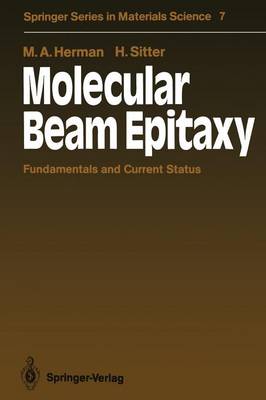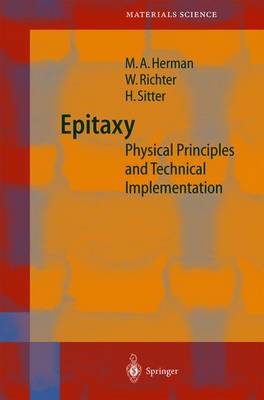Springer Series in Materials Science
2 primary works • 3 total works
Book 7
This book, which presents a review of the state of the art of molecular beam epitaxy (MBE), as applied to the growth of semiconductor films and multilayer structures, may serve the reader as a convenient general guide to the topics related to this crystallization technique.
Book 62
In a uniform and comprehensive manner the authors describe all the important aspects of the epitaxial growth processes of solid films on crystalline substrates, e.g. processes in which atoms of the growing film mimic the arrangement of the atoms of the substrate. Emphasis is put on sufficiently fundamental and unequivocal presentation of the subject in the form of an easy-to-read review. A large part of this book focuses on the problems of heteroepitaxy. The most important epitaxial growth techniques which are currently widely used in basic research as well as in manufacturing processes of devices are presented and discussed in detail.


